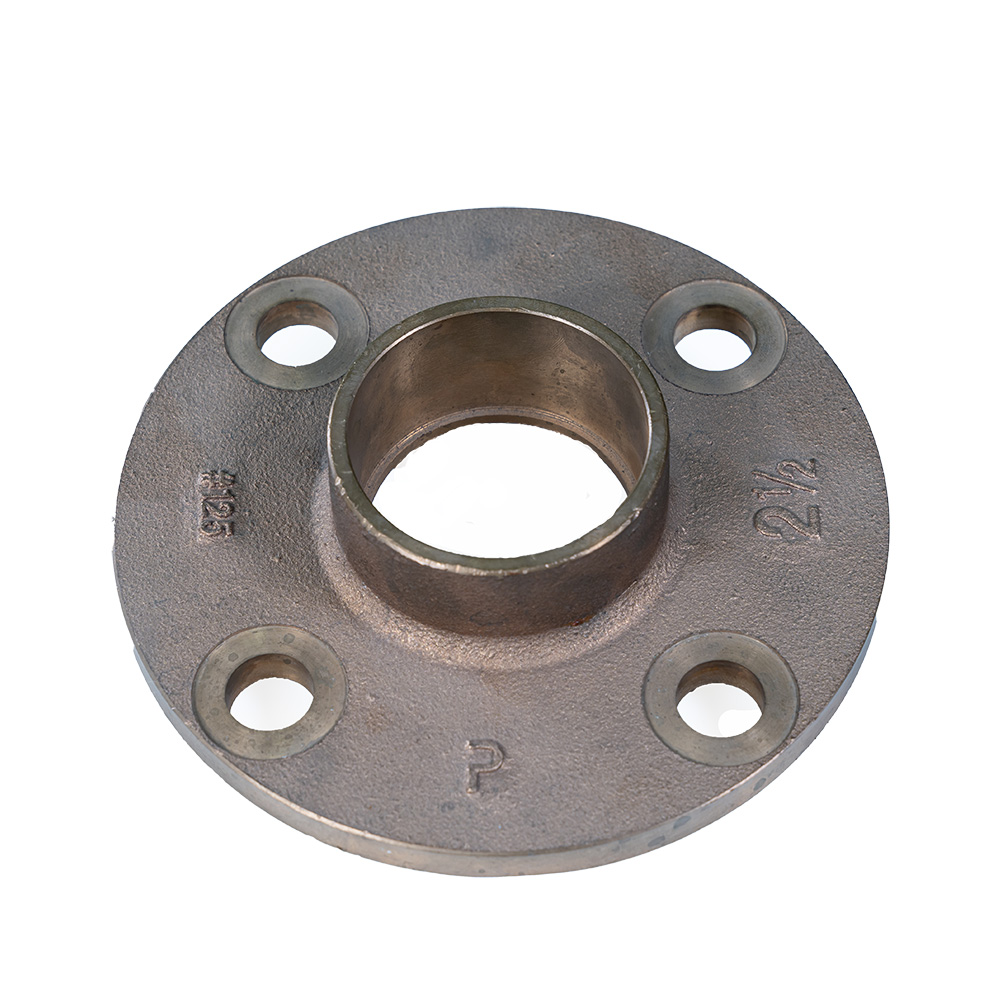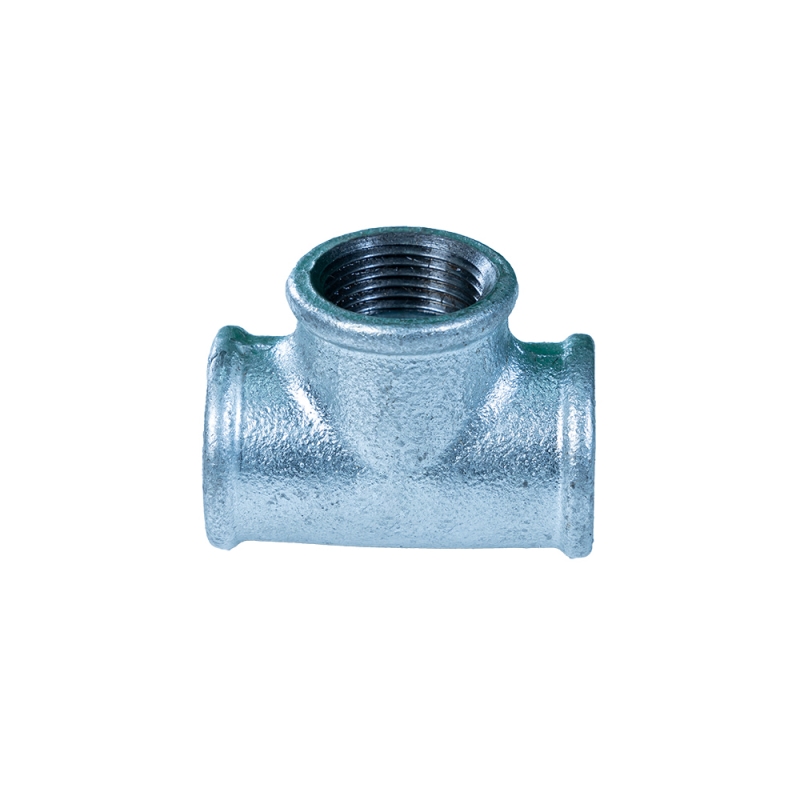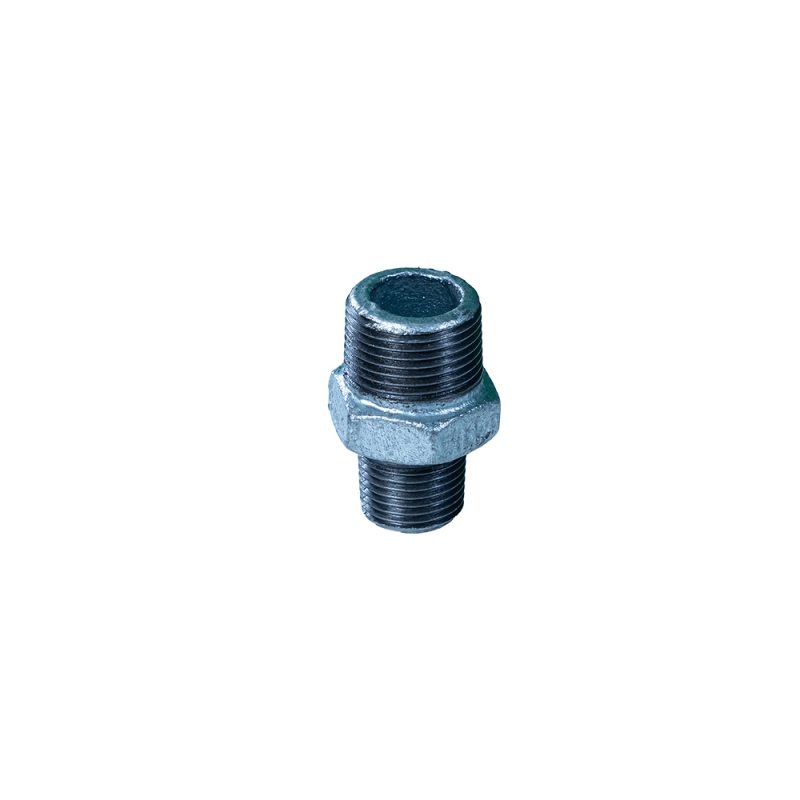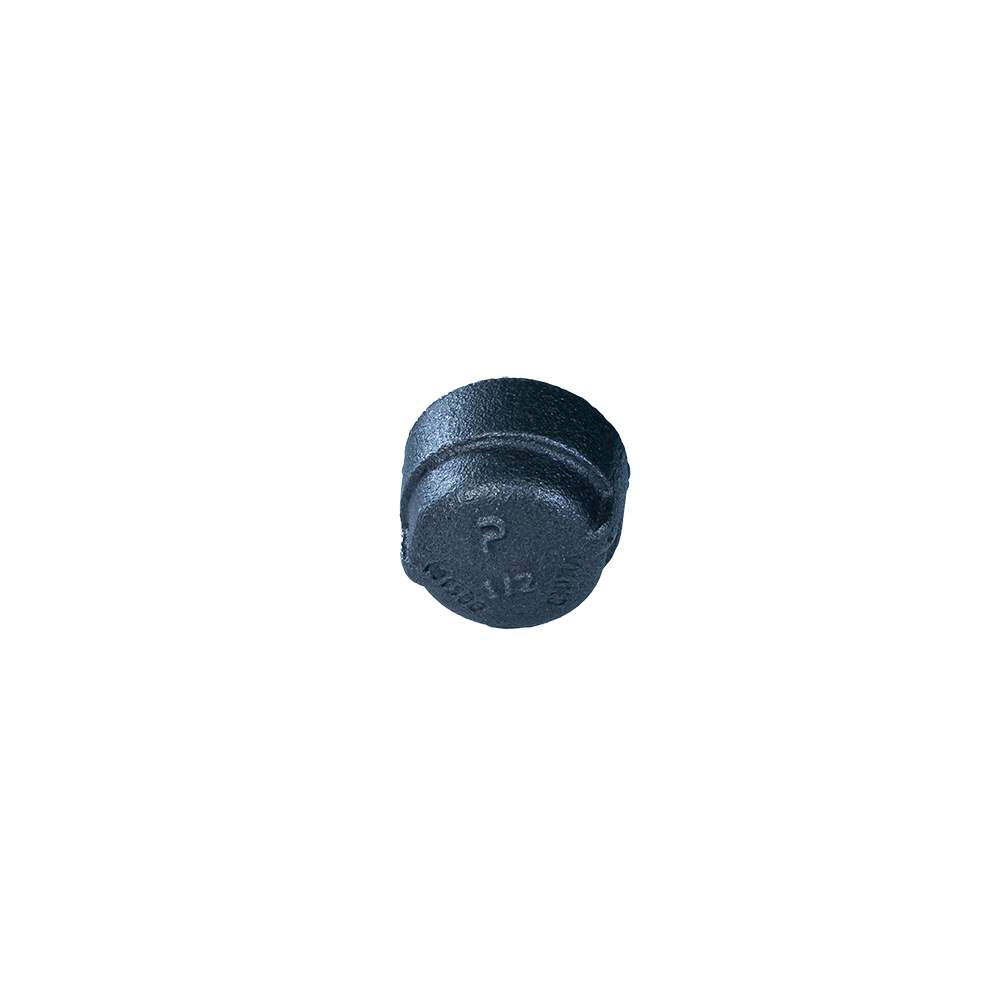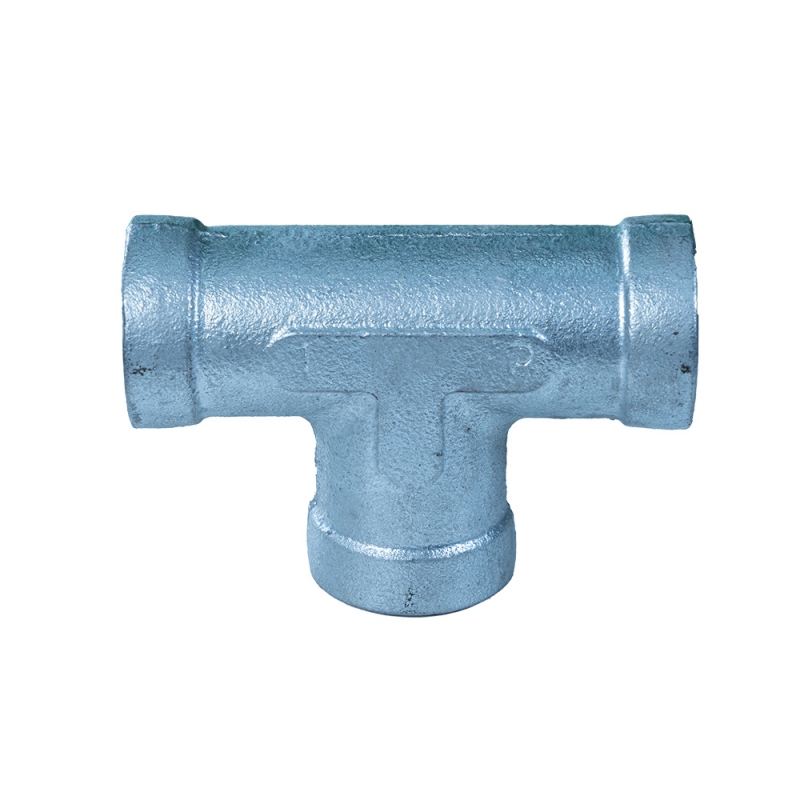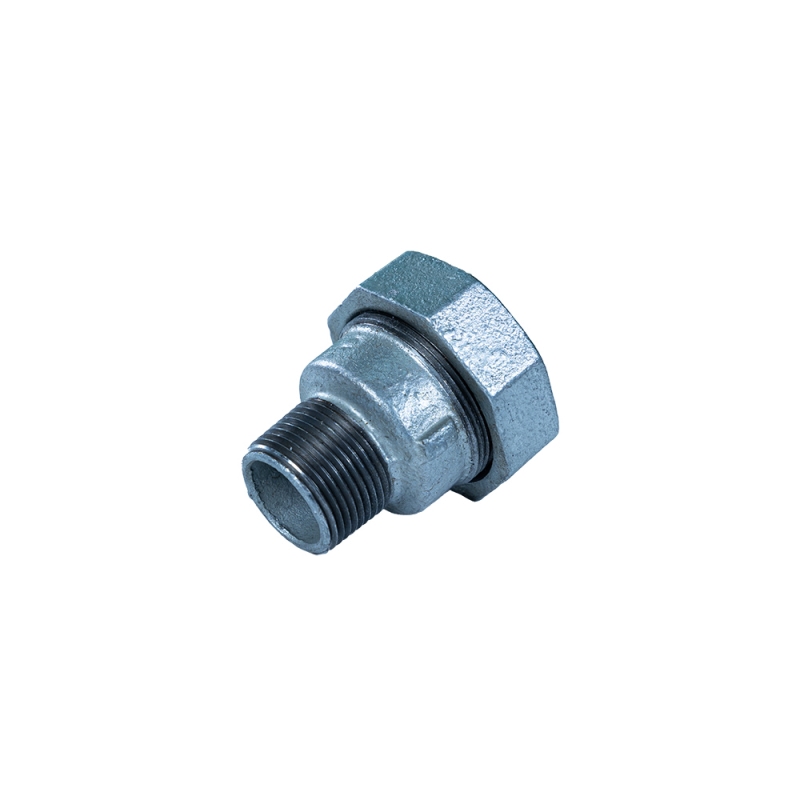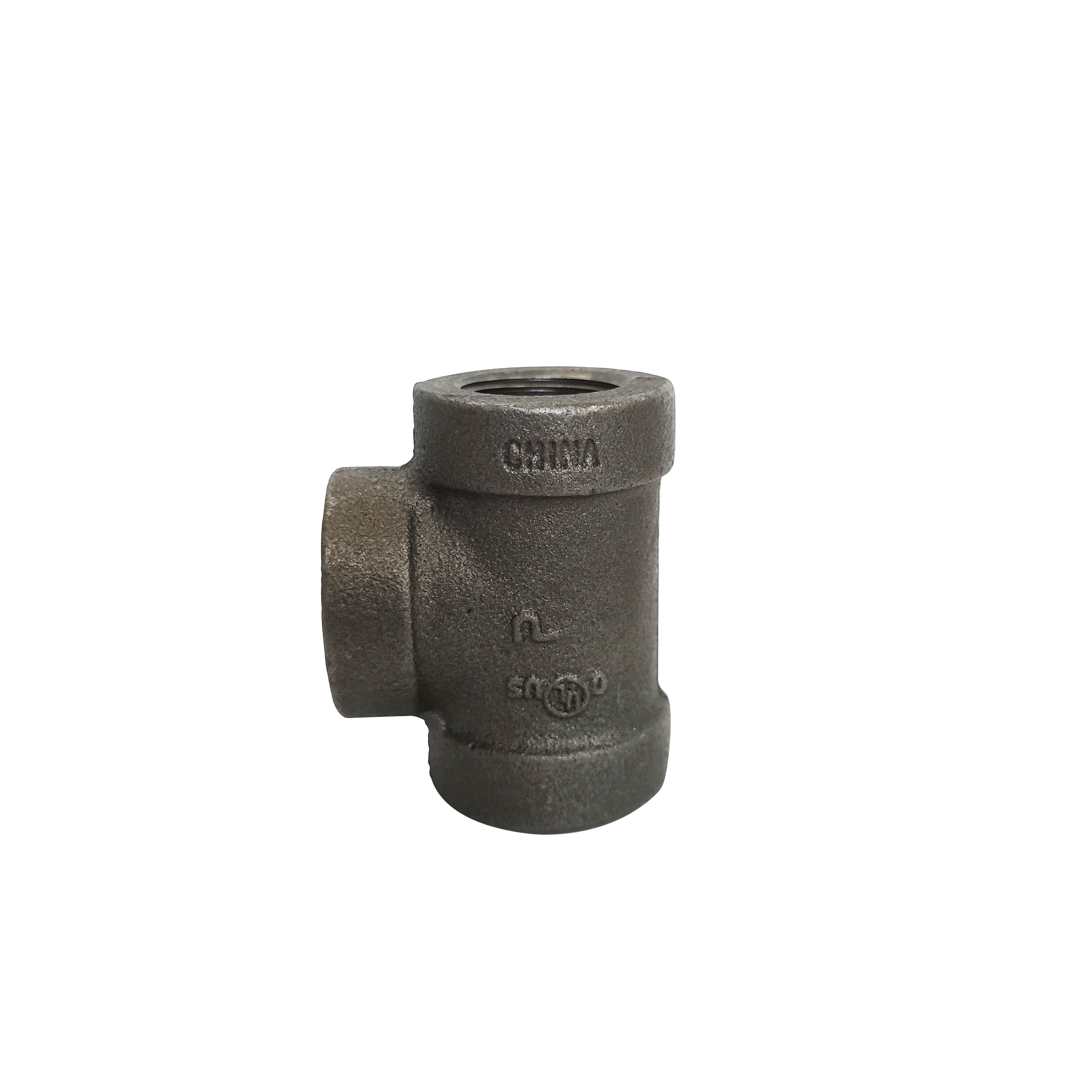In the intricate network of plumbing systems, a variety of components work in tandem to maintain functionality, prevent leaks, and ensure the smooth flow of fluids. From the connectors that adapt to different pipe sizes to the bends that navigate around obstacles, each element plays a crucial role. Let's take a closer look at some specific components - 2 black pipe fittings, socket reducer, types of plumbing fittings, 90 degree bend, и npt thread fitting - and understand how they contribute to the overall efficiency and reliability of plumbing setups.
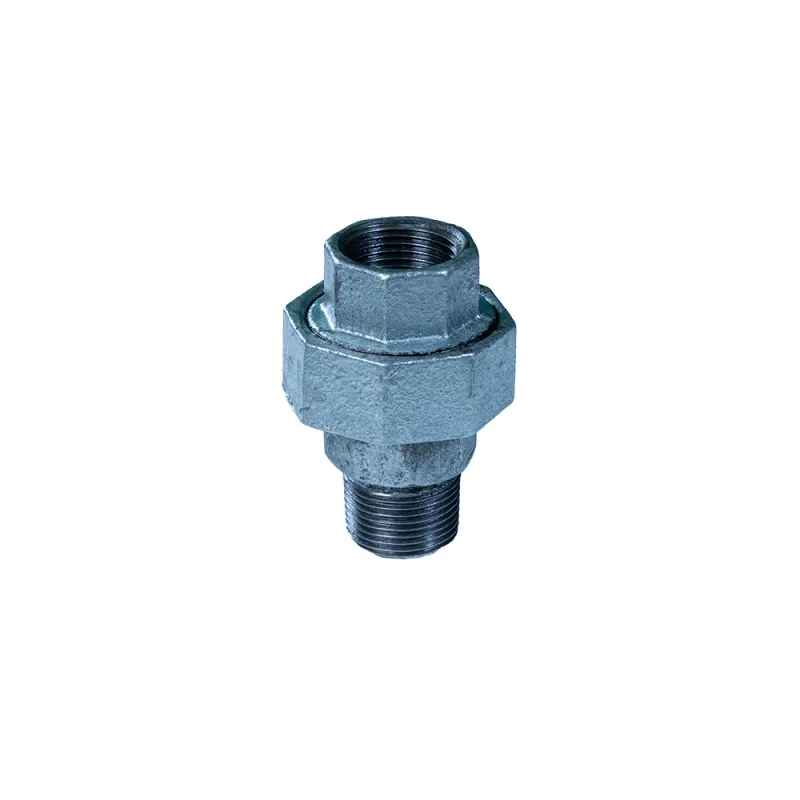
What Makes 2 Black Pipe Fittings Stand Out in Plumbing?
Among the numerous options available for plumbing connections, 2 black pipe fittings have their own unique characteristics. These fittings, often made from durable materials like malleable iron or steel, are coated in a black finish, which not only provides some level of corrosion resistance but also gives them a distinct appearance. In industrial or commercial plumbing applications where robustness is key, 2 black pipe fittings are frequently chosen. For example, in a large - scale manufacturing facility, they might be used to connect pipes carrying hot water or steam, thanks to their ability to withstand high temperatures and pressures. Their strength and durability make them a reliable choice for ensuring that the plumbing system can handle heavy - duty usage without succumbing to wear and tear easily. But how exactly do they compare to other types of fittings, and in which scenarios are they the best option?
How Does a Socket Reducer Optimize Plumbing Connections?
When it comes to adapting to different pipe sizes within a plumbing system, socket reducers play a vital role. These fittings are designed to connect pipes of varying diameters, allowing for a seamless transition between sections. Picture a plumbing setup in a residential building where a main water supply pipe with a larger diameter needs to branch off to smaller pipes that lead to individual fixtures. A socket reducer steps in to bridge this size gap. It has a larger socket at one end to accommodate the bigger pipe and a smaller socket at the other end for the narrower pipe. By using a socket reducer, plumbers can ensure that the flow of water remains smooth, without the turbulence or pressure loss that could occur if pipes of mismatched sizes were directly connected. But what are the different types of socket reducers available, and how do you select the right one for your specific plumbing needs?
What Varieties Comprise the Types of Plumbing Fittings?
The world of types of plumbing fittings is vast and diverse, with each variety serving a specific purpose. Elbows are essential for changing the direction of pipes, coming in different angles like 45 - degree and 90 - degree to navigate around obstacles. Tees are used to create branches, enabling water to flow to multiple fixtures or areas. Crosses, similar to tees but with an additional outlet, offer more complex branching options. Couplings connect pipes of the same size end - to - end, while adapters are used to join pipes of different materials or sizes. Valves control the flow of water, and caps seal the ends of pipes. In a typical household plumbing system, a combination of these fittings is used to ensure that water reaches every faucet, showerhead, and toilet efficiently, while also allowing for proper drainage. But with so many options available, how does one determine which fittings are most suitable for a particular project?
Why is the 90 Degree Bend a Pivotal Plumbing Element?
In plumbing systems, making sharp turns is often necessary to navigate around structural elements or to direct the flow of fluids in a specific direction. This is where 90 degree bends come into play. These fittings create a right - angled turn in the pipe, and their design is critical for maintaining the integrity of the plumbing system. In a commercial building's HVAC system, for example, 90 degree bends are used to direct air ducts around corners, ensuring that conditioned air reaches every part of the building. However, while they are essential for changing directions, they can also cause some challenges. The sharp turn can create turbulence in the flow of fluids, potentially leading to pressure loss. So, how do plumbers mitigate these issues, and what factors should be considered when installing 90 degree bends?
How Do NPT Thread Fittings Ensure Secure Plumbing Links?
When it comes to creating leak - proof connections in plumbing, npt thread fittings are highly relied upon. NPT, or National Pipe Thread - Taper, features a unique tapered design. As the fitting is tightened onto a pipe, the threads gradually narrow, creating a mechanical seal. This, combined with appropriate sealants like Teflon tape or pipe joint compound, ensures that fluids don't leak out. In gas plumbing systems, for instance, npt thread fittings are commonly used to connect pipes and appliances, as a secure connection is crucial to prevent gas leaks, which can be extremely dangerous. But what are the proper installation techniques for npt thread fittings, and how can you tell if a connection made with them is truly secure?
Plumbing Components FAQs
Can 2 black pipe fittings be used in residential plumbing?
Yes, 2 black pipe fittings can be used in residential plumbing, especially in areas where durability and strength are required, such as for hot water supply lines or in basements where pipes may be more exposed to potential damage. However, their use may be less common in visible areas of the home due to their industrial - looking appearance. It's important to ensure that they are compatible with other components in the system and meet local plumbing codes.
What materials are socket reducers typically made of?
Socket reducers are commonly made from materials like brass, stainless steel, PVC, and copper. Brass is popular for its corrosion resistance and durability, making it suitable for both hot and cold water applications. Stainless steel offers excellent strength and resistance to rust, ideal for heavy - duty or industrial use. PVC is cost - effective and widely used in non - pressurized drainage systems, while copper is known for its heat conductivity and is often used in water supply lines.
How do I choose the right type of 90 degree bend for my plumbing project?
When choosing a 90 degree bend, consider the material of the pipe (e.g., copper, PVC, or metal) to ensure compatibility. Also, think about the application - for high - pressure systems, a more robust fitting may be needed. Additionally, check the size of the pipe to get a bend with the correct inner diameter. For aesthetic reasons in visible areas, you might choose a bend with a finish that matches the surrounding decor.
Do npt thread fittings require any special maintenance?
Npt thread fittings generally don't require extensive maintenance. However, it's a good idea to periodically check for signs of leaks, especially in areas where the fittings are under pressure or exposed to vibration. If a leak is detected, it may be necessary to re - apply sealant or, in some cases, replace the fitting. Also, avoid over - tightening npt thread fittings, as this can damage the threads and lead to future problems.
Post time: Июл-01-2025


